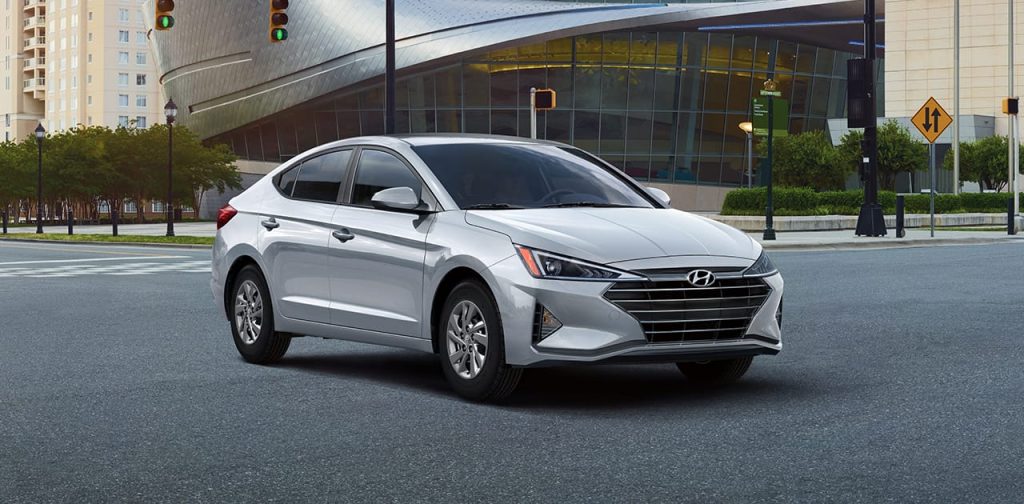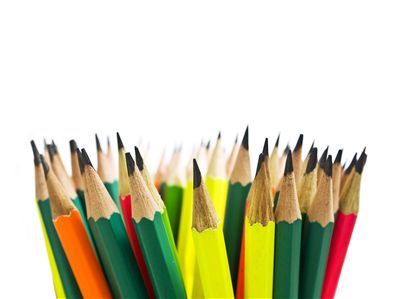Changes In The Auto Lending Market Indicates It Bright Future
The auto lending market has been undergoing a lot of changes for years now and most of it is for the better and to ensure its bright future. One such change in the decrease in the rate of the loans since February 2019 especially in the rate for alternative investments. This rate has almost fallen by almost a full 100 basis points.
- This significant decrease in the rate in alternative investment will both theoretically and practically increase your chances of gaining more indirect profits and its chances.
- This will be more profitable in comparison to investing your excess funds in other sources.
It is actually the cost of funds and deposits that will continue to rise which will make most of the lending institutions to have the ability to meet with the ever rising and stronger loan demand of the customers who are even willing to pay higher rates to avail these funds.
Understanding the loan theory
If you follow the loan theory, you will see that the greatest profitability margins are in the B and C loans. However, there are also chances of greater losses as well. Therefore, you will need to price those loans properly and accordingly.
However, unfortunately, this is where most of the credit unions, especially those dealing with auto lending are faltering excessively as they are more interested in moving on the road to pursue a greater return on their investments.
Effects of this pursuit
Curiously enough, this chase by the credit unions for higher yields on B and C loans has resulted in the higher risk margin in the A+ loansas compared to the B or C category of loans. According to recent surveys and study reports, this has shown a steady decline in the past 36 months or so.
- The industry experts think that this is actually the impact of greater competition among the players for auto loans.
- They also think that it has also resulted in the greater demand for the B and C loans.
Now, the question is, if there was no increase in the rates, would the lenders chase that return as they are doing now? If that is the case, then, how badly the same lenders will be interested in chasing the A-plus loans which ideally offer a rate that is wellbelow the market rate!
Pricing the loans
It is therefore required by the auto loan dealers to price their loans precisely so that they can enhance their chances of gaining more profits. This is especially critical for those specific credit unions that are facing liquidity challenges.
- This should be done in accordance to the Loan-To-Share Ratiothat at present hovers around 100%.
- It is also required to be more conscious about the kind of loans that the credit unions now make as well as the kind of returns that these specific loans produce.
With all these care and concerns, the credit unions now are well-positioned and have all the necessary resources and ability to maintain a strong presence and meet the rising demand of the car loans, both in the new as well as the used car market.
In fact, these changes will provide them with enough resources to survive this year as well as through 2020, if not beyond that. This is not only applicable to the traditional lenders but also for those alternative lending sources such as https://www.nationaldebtrelief.com/ and others.
- It is seen through different studies that:
- The demand for the used autos is high
- The value of these used cars is also high and steady and
- It has spurred in part at an average of $2,000 price hike for the new vehicles.
The reason for this spike is primarily due to the rise in cost of technology as well as the additional taxes imposed.
Effects of higher sticker prices
There is another significant fact noticed by the industry experts in the present auto lending scenario which is primarily due to the higher sticker prices which in combination with the rising loan rates is steering the consumers to the top-tier credit. The experts have also noticed that:
- These borrowers are typically the new car buyers who are now driven toward the used vehicles and
- These borrowers still expect to receive a more favorable rate for their loans.
As a result, the divergence between rates for the new auto loans and the rate of interests for any used late-model vehicles is becoming narrower and narrower. This is especially seen in the case of those prime and super-prime borrowers.
Contributors to the demand
It is not only the lowered rate of interest or the high and steady value of the used cars that has caused such rise in demand. There are also a few other contributors to this rise in demand.
One such factor is the extreme weather that a country may experience or has experienced. From major hurricanes to uncontrollable wildfires, these damage cars in large numbers with its wrath. Most of the people are therefore forced into the used car market to replace their damaged or destroyed vehicles.
In response to these factors, the industry experts and analysts are predicting that 40.4 million used cars and trucks will be sold in the US auto market this year. this is a figure that is up by 3 percent over the used car sales figure of 2018.
Looking at the loss ratios
Loss and loss ratios play a significant role and is the primary function of both the frequency and magnitude of the loss. Moreover, the low default rates combined with fact that the used car are holding their values have proved to be beneficial for the auto lenders.
The rise of the used car market and its demand is also a factor of the Great Recession. The Cash for Clunkers program introduced in 2009 saw hundreds of thousands of older vehicles been taken off the market within a very short time. this resulted in the steep decline in leasingduring the downturn.
This slowed down the return of the three-year-old vehicles resulting in shortage of cars and rise in prices.




